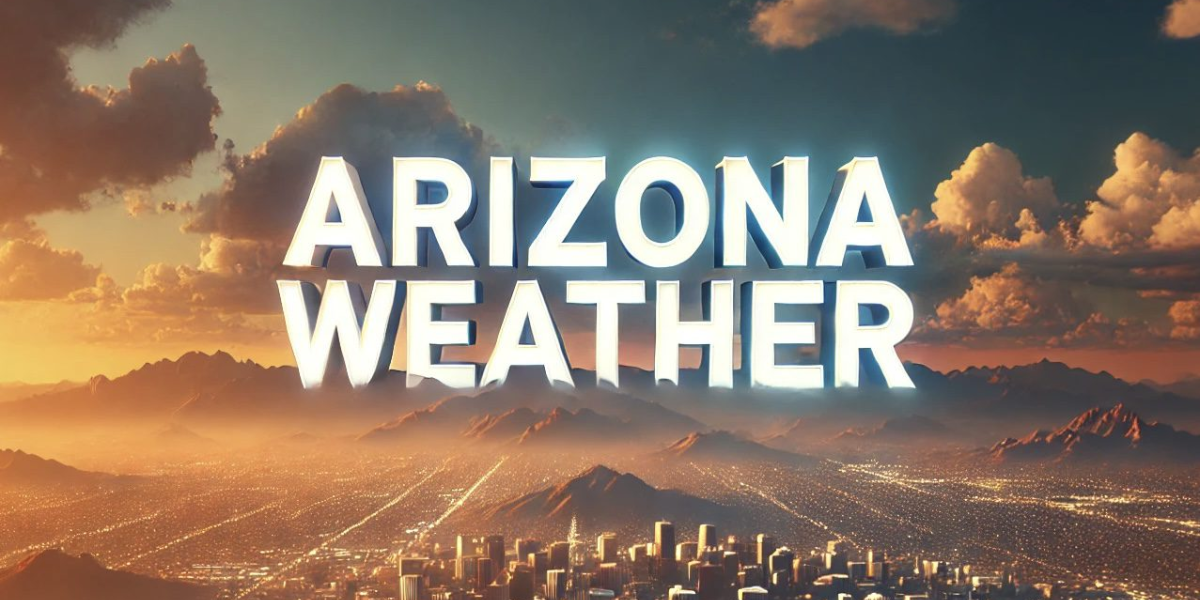PENSACOLA, FLORIDA – As tropical activity in the Atlantic continues to gain momentum, Colorado State University (CSU) has released an updated forecast for the 2025 Atlantic hurricane season, confirming 16 named storms, eight hurricanes, and three major hurricanes.
While these figures remain unchanged from the university’s July outlook, forecasters caution that confidence in this year’s prediction is lower than usual due to mixed environmental signals.
Florida residents—especially along the Gulf Coast and the Peninsula—are being urged to stay alert as the chances of hurricane activity impacting the Sunshine State remain well above average.
What’s New in CSU’s August 2025 Hurricane Outlook?
CSU’s forecast remains consistent with the slightly elevated figures shared in July, anticipating:
- 16 named storms
- 8 hurricanes
- 3 major hurricanes (Category 3 or higher)
This is above the historical average of 14 named storms and 7 hurricanes, and reflects growing concern over rapidly warming sea surface temperatures in the Atlantic basin.
However, researchers from CSU emphasize that they are issuing this projection with lower-than-normal confidence, largely due to conflicting signals in atmospheric conditions.
Warm Ocean Waters Could Fuel Stronger Storms
Forecasters have flagged that the tropical Atlantic’s waters have warmed faster than expected, increasing the likelihood of above-average storm activity.
“When the waters in the tropical Atlantic and Caribbean Sea are warmer than normal, it tends to favor an above-average season,” CSU researchers noted. “Warm water acts as a hurricane’s fuel source, reducing atmospheric pressure and promoting an unstable atmosphere ideal for storm development.”
This oceanic heat allows storms to intensify more quickly, as moist air rises, condenses into rain clouds, and releases latent heat—an energy loop that builds hurricanes from the ground up.
But as reported by Pensacola News Journal, another factor—wind shear—could counterbalance these warm waters, complicating predictions.
Wind Shear in the Caribbean Raises Questions
One of the main reasons CSU downgraded its forecast confidence is due to persistent wind shear across parts of the Caribbean.
Wind shear—changes in wind speed or direction with altitude—can disrupt the vertical structure of developing storms, effectively choking off hurricane formation.
While warm waters usually lead to more active seasons, higher-than-expected wind shear could limit some of the storm development. Still, CSU believes the overall environment remains favorable for an active season.
What Is ENSO, and How Does It Impact Hurricanes?
The El Niño–Southern Oscillation (ENSO) is a global climate pattern that alternates between three phases: El Niño, La Niña, and Neutral. Each phase impacts hurricane activity differently.
- El Niño tends to suppress Atlantic hurricanes by increasing wind shear.
- La Niña generally fuels hurricanes, as wind shear is lower.
- ENSO-neutral conditions, which are expected this year, often create favorable conditions for Atlantic hurricanes, especially when combined with warm ocean temperatures.
What Are the Odds Florida Will See a Hurricane in 2025?
While CSU doesn’t predict exact landfall locations, it does provide regional probabilities. The outlook for Florida includes:
- 89% chance of a named storm passing within 50 miles
- 61% chance of a hurricane hitting within that range
- 32% chance of a major hurricane (Category 3 or higher)
- The Florida Panhandle/Gulf Coast has a 31% chance of major hurricane landfall
- The Florida Peninsula/East Coast has a 24% chance
These numbers are a clear reminder that Floridians must stay prepared, even if no storms are currently in the forecast.
Read Also: Deadly Flash Flooding in the Carolinas Leaves 2 Dead, More Rain Expected
What Floridians Should Do Now
With the Atlantic hurricane season peaking from August through October, now is the time to:
- Review evacuation routes and local emergency plans
- Check insurance policies for flood and storm coverage
- Stock emergency kits with food, water, medication, and supplies
- Follow updates from the National Hurricane Center and local officials
While the CSU forecast reflects uncertainty, the risk to Florida remains high enough to warrant action.
What steps are you taking to prepare for the 2025 hurricane season? Join the conversation at ibwhsmag.com and share how your community is planning to stay safe.


 by
by 

